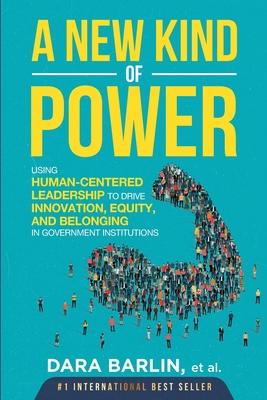Many government agencies still use a traditional model of management which relies on a strong top-down, factory-based approach to motivate employees. This worked well for a while, but research now shows this leadership can easily lead to a slew of human-related problems such as employee disengagement, turf wars, blame-games, bias, poor decision-making, and status quo thinking. These issues can turn into big headaches for managers, undermine policy efforts, and reduce trust in government.
Luckily, Human-Centered Leadership has emerged as a new management method uniquely positioned to counteract these issues by ensuring all employees bring their best selves and their best work to the team. At the same time, Human-Centered Leadership methods provide a cacophony of additional benefits such as improved productivity, quality of work, innovation, collaboration, nimbleness, trust, wellness, inclusiveness, and a deeper sense of belonging. Together, these improvements mean that government institutions become better at attracting and retaining top talent, crafting more effective policies, and implementing new initiatives with much higher rates of success.
The best news is that Human-Centered Leadership is not expensive to implement nor hard to learn. In fact, some early adopters in government positions are already using it to foster high-performing teams and getting great results. This book tells the stories of several of these Human-Centered Leaders and highlights their most successful strategies for creating thriving team culture, fostering more trust with the community, and producing more meaningful outcomes for all.
